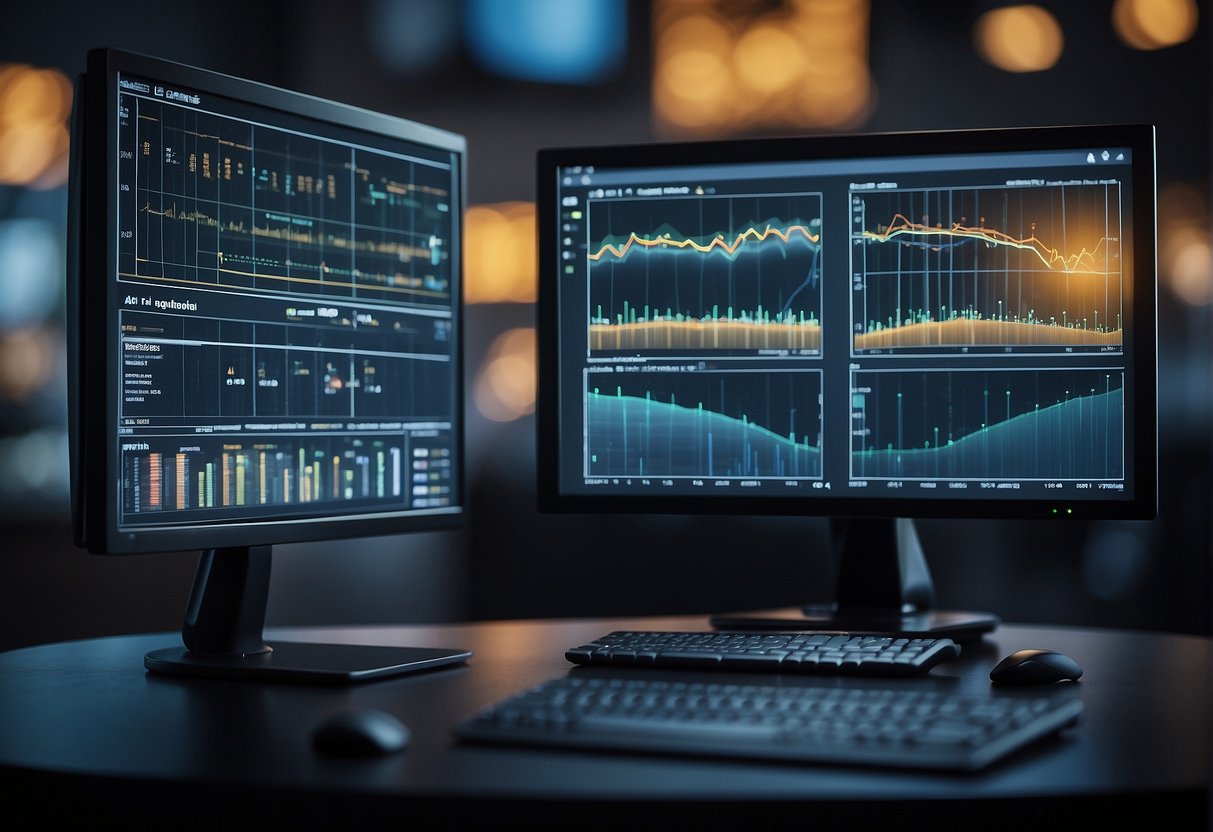Physical Address
304 North Cardinal St.
Dorchester Center, MA 02124
Physical Address
304 North Cardinal St.
Dorchester Center, MA 02124

If you are looking for a software package that can help you control sensors and implement your own applications, LPMS software might be the solution you need. LPMS software is designed to provide users with a range of features and tools that can help them improve operational efficiency and integrate sensors seamlessly into their projects. Whether you are working on a research project or developing a new product, LPMS software can help you achieve your goals.

Core Features of LPMS Software
LPMS software comes with a variety of core features that make it a powerful tool for controlling sensors and integrating them into your projects. Some of the key features of LPMS software include the LPMS-Control application, which provides users with a simple and intuitive interface for controlling sensors and collecting data. Additionally, LPMS software comes with a programming library that users can use to implement their own applications that communicate with the sensor.
Operational Efficiency and Integration
One of the main benefits of LPMS software is that it can help you improve operational efficiency and integrate sensors seamlessly into your projects. With LPMS software, you can easily control sensors and collect data, which can help you save time and improve the accuracy of your results. Additionally, LPMS software can help you integrate sensors into your projects more easily, which can help you achieve your goals more quickly and efficiently.
LPMS software offers a variety of core features that can help streamline your law practice management. Here are some of the key features you can expect:
LPMS software allows you to easily organize and manage your cases and matters. You can track deadlines, schedule appointments, and set reminders to ensure that you never miss an important date. LPMS-Control application lists all LPMS devices connected to the system, connects to up to 256 sensors simultaneously, and adjusts all sensor parameters (sensor range etc.). You can also store important case documents and notes in one central location, making it easy to access them whenever you need them.
LPMS software includes robust document management features that make it easy to handle and store your documents. You can upload and store documents in a secure, centralized location, and access them from anywhere. The LPMS-Communication Protocol (USB, CAN, serial etc.) and LPMS Data Acquisition APIs (C, C++, Python etc.) make it easy to automate document assembly and streamline your workflow.
LPMS software includes powerful client and contact management features that help you keep track of your clients and their information. You can store contact information, track communication history, and manage conflicts of interest. LPMS software also includes a client portal that allows your clients to access important case information and communicate with you securely.
LPMS software is designed to help you increase productivity, streamline your workflow, and improve collaboration. With its powerful case/matter management, document management, and client/contact management features, LPMS software is an excellent choice for law practice management.

When choosing a Legal Practice Management Software (LPMS), it is important to consider its integration capabilities and how it can enhance operational efficiency. LPMS can automate routine tasks, minimize manual data input, and offer tools to manage case-related activities with heightened efficiency. In this section, we will explore the various ways LPMS can enhance operational efficiency through integration.
LPMS can integrate seamlessly with your accounting software, enabling efficient data exchange and workflow automation. With LPMS, you can manage accounting, billing, invoicing, trust accounting, expense tracking, and basic bookkeeping. You can also track billable time, generate invoices, and manage payments. LPMS can also help you comply with tax regulations and generate financial reports.
LPMS can offer workflow and collaboration tools that can help you streamline your work processes and enhance productivity. You can manage tasks, deadlines, and calendars, and schedule appointments with clients. You can also track time spent on tasks and generate reports. LPMS can also offer email management tools that can help you manage your inbox more efficiently.
LPMS can integrate with various software ecosystems such as email clients, document management systems, and other legal software. LPMS can also offer open APIs that allow you to integrate with other practice management platforms. This can help you enhance your work processes and improve your overall efficiency.
LPMS can be cloud-based or on-premise software. Cloud-based LPMS systems offer data backup, data migration, and cybersecurity features that can help you protect your data and comply with privacy regulations. Cloud-based LPMS can also offer scalability features that can help you grow your practice. On-premise software, on the other hand, can offer more control over your data and can be more suitable for larger firms.
LPMS can also be compatible with Android and iOS devices, enabling you to access your data on the go. LPMS software such as Clio, PracticePanther, MyCase, SmartAdvocate, Casepeer, Legal Files, Smokeball, Lawcus, MerusCase, Filevine, and others can offer various integration capabilities that can help you enhance your work processes and improve your overall efficiency.
In conclusion, LPMS can offer various integration capabilities that can help you enhance your work processes and improve your overall efficiency. By choosing the right LPMS software, you can streamline your work processes, enhance productivity, and deliver better outcomes for your clients.
LP-Research, the company that develops LPMS software, offers training sessions for users. You can contact them directly to inquire about training options.
LPMS-Control is a popular LPMS software solution that allows users to control various aspects of an LPMS device from a PC. Other LPMS software solutions include Clio Manage and TracerLPM.
LP-Research offers a free demo version of LPMS-Control that users can download from their website. However, this version has limited functionality.
The system requirements for installing LPMS software may vary depending on the specific software solution. However, LPMS-Control requires a Windows-based operating system and a USB 2.0 or 3.0 port.
LPMS software can improve project management efficiency by allowing users to control and adjust sensor parameters, set orientation offsets, and connect to multiple sensors simultaneously. This can help users to collect data more efficiently and accurately.
LP-Research offers technical support for LPMS software users via email and phone. Additionally, they have a knowledge base on their website that includes user manuals, FAQs, and troubleshooting guides.